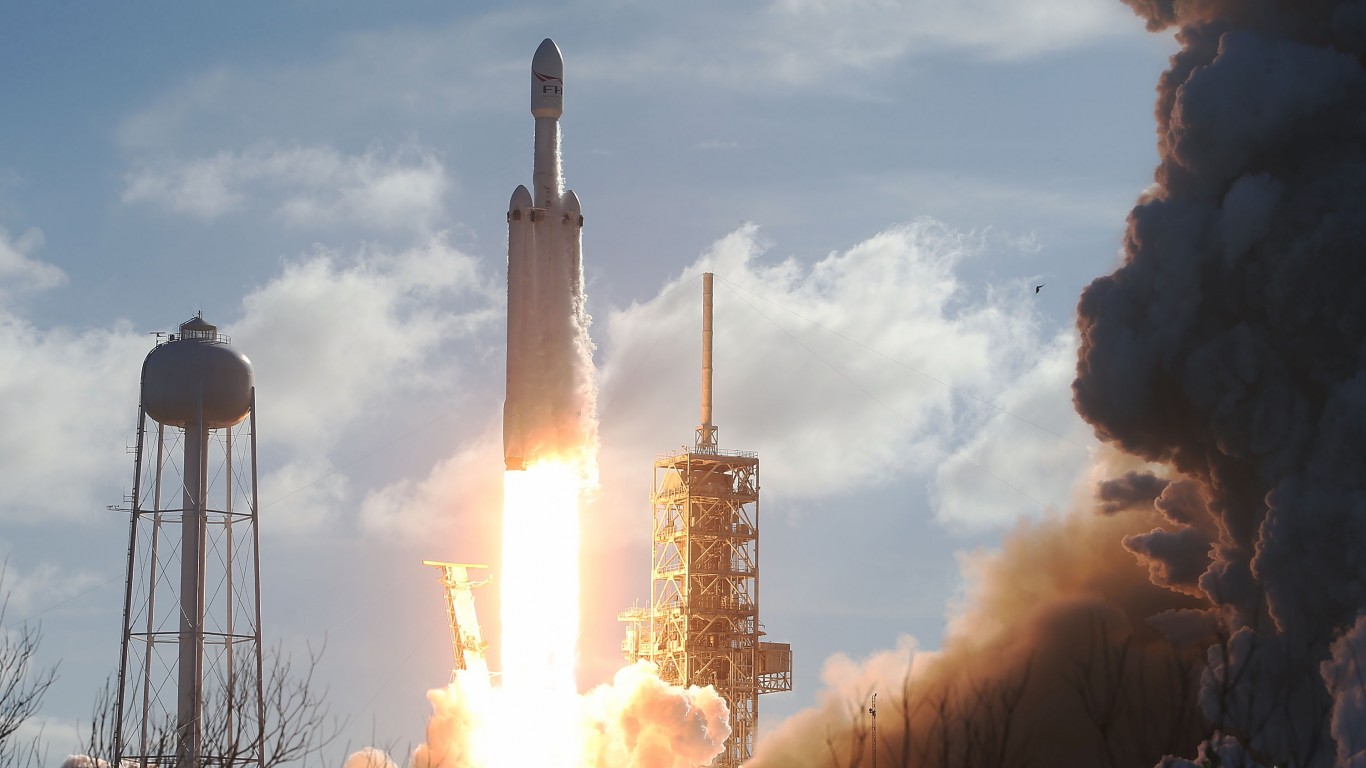
Elon Musk believes in the future of Mars. He wants to colonize the Red Planet and build a thriving, self-sustaining city there. By making the human race interplanetary, “One day, Mars will save Earth,” he said on the X platform. “I am certain of it.”
To prepare for it, though, we need to know what the impact of space flight will be on humans. One of the most important considerations will be traveling through the Van Allen radiation belt that surrounds Earth.
A voyage into the mysterious
Discovered by astrophysicist James Van Allen in the late 1950’s, the Van Allen belts are two elongated, doughnut-shaped projections surrounding the planet. They consist primarily of highly charged electrons and protons trapped by the Earth’s magnetic field and essentially fight radiation emanating from the sun with radiation. As such, they pose potentially significant risk to equipment and humans flying through them.
Man has flown through the belts several times during NASA’s missions to the Moon, though the last time was aboard Apollo 17 in 1972. Current flights to the International Space Station, for example, don’t enter the radiation zone because the ISS is in a low-Earth orbit just 250 miles above the planet’s surface. The Van Allen belts begin nearly 400 miles out.
While NASA plans to send astronauts to the Moon again by the end of next year as part of the Artemis expedition to the lunar south pole, Musk recently sent four private citizens into the Van Allen belt in September aboard SpaceX‘s Polaris Dawn.
Why is 24/7 Wall Street covering this?
- While man has been to the Moon numerous times, colonizing Mars is Elon Musk’s dream for what can save humanity on Earth.
- Sending astronauts into the Van Allen radiation belts surrounding Earth is a key component of understanding the effects of radiation on the human body that will be necessary for deep space flight.
- SpaceX‘s Polaris Dawn mission was the first-ever private expedition to explore this region and will serve as the gateway for future space flights.
To infinity and beyond
Travel to Mars will be far more arduous than going to the Moon. Where lunar missions take about three days, going to Mars is expected to take between six and nine months. Beyond just the time in deep space and the effects of altered gravity on the body, there will be greater exposure to higher levels of radiation.
The impact of the Van Allen belts is just the first level of understanding that needs to be achieved.
Polaris Dawn was a five-day mission into space, the first such flight by private astronauts. Billionaire entrepreneur Jared Isaacman, the founder of Shift4 Payments (NASDAQ:FOUR) and Draken International, a private air force provider, served as mission commander; Sarah Gillis is a SpaceX engineer who was the flight’s medical officer; former U.S. Air Force pilot Scott Poteet was the mission’s pilot; and Anna Menon, another SpaceX engineer, was a mission specialist.
While the crew performed the first-ever commercial space walk, the more important results will be the health and medical tests that were conducted and still need to be analyzed.
Understanding the unknown
CNN reported there were a notable number of physical effects recorded, such as space sickness, or space adaptation syndrome as it is known. It is a feeling of lightheadedness, nausea, and possibly vomiting. MRI scans indicated the brain actually rises to the top of the skull while in space while fluid-filled cavities in the brain can become enlarged.
Radiation from the Van Allen belt also affected astronaut vision. Isaacman reported seeing “sparkles” when he closed his eyes while Poteet said “vision acuity” deteriorated during the first days of the mission, which could be related to a condition called spaceflight associated neuro-ocular syndrome, or SANS. The crew wore special contact lenses during the flight to record data on the effect space has on vision.
NASA has long known of these various conditions experienced by astronauts, though overall, there were no noticeable adverse effects from traveling to the inner radiation belt.
Key takeaway
Space has been called the final frontier. Mars is just a stepping stone to greater interplanetary missions. These initial forays into near space are what will prepare us for deep space flight. And it just might be that colonizing the Red Planet is what ultimately saves humanity.
Take Charge of Your Retirement In Just A Few Minutes (Sponsor)
Retirement planning doesn’t have to feel overwhelming. The key is finding expert guidance—and SmartAsset’s simple quiz makes it easier than ever for you to connect with a vetted financial advisor.
Here’s how it works:
- Answer a Few Simple Questions. Tell us a bit about your goals and preferences—it only takes a few minutes!
- Get Matched with Vetted Advisors Our smart tool matches you with up to three pre-screened, vetted advisors who serve your area and are held to a fiduciary standard to act in your best interests. Click here to begin
- Choose Your Fit Review their profiles, schedule an introductory call (or meet in person), and select the advisor who feel is right for you.
Why wait? Start building the retirement you’ve always dreamed of. Click here to get started today!
Thank you for reading! Have some feedback for us?
Contact the 24/7 Wall St. editorial team.





